Last summer saw more than 10,000 households make subsidence claims
Last summer’s heatwave saw the highest quarterly level of subsidence claims in over a decade.
The surge saw more that 10,000 households make a claim in July, August and September, according to the ABI - adding up to claims totalling £64m. The second quarter of 2018 had seen 2,500 claims, with £14m paid out.
But how can insurers and policyholders expect this increase to impact on home renewals this year?
As premiums are affected by past claims, AXA said a subsidence issue last year would be taken into account by insurers, and indicated that other homes in areas with several subsidence claims could also be affected.
Carolyn Scott, head of household and lifestyle at AXA Insurance, explained: “As insurers base premiums on a number of factors including previous claims, if a home has been affected by subsidence, or is in an area where subsidence is a common issue, then its premiums may reflect this.
“However, our dedicated team of subsidence experts work hard to keep claims costs down while still supporting our customers during what is often a very difficult time.”
Risk
As a response to the spike, 360Globalnet set up its own subsidence claims service in December to handle the problem.
The insurtech’s chief executive Paul Stanley said: “During genuine surge events the number of subsidence claims reported to insurers can rise up to 400% during the period August to December and the eventual cost to the industry will rise to £500m.”
This is because ”subsidence can be complex and requires specialised services, high quality and experienced staff,.”
He explained that the heatwave could not be entirely blamed for the rise in claims. He said that certain areas of the country were at greater risk no matter the temperature.
He said: ”This phenomena is more pronounced as the UK has an older housing stock and many properties in shrinkable clay areas like parts of North London, North Kent etc and don’t have the depth of foundation that would be recommended today.”
And he also spoke about how nearby vegetation could also increase the risk of subsidence.
He added: ”The problem is when there is vegetation within influencing distance of a property which causes differential movement for example one corner near the tree or vegetation subsides more that the rest of the building which causes cracking in the superstructure.”
Scale
In spite of these risk factors though potentially affecting premiums, concern has been tempered by considering the overall scale of the problem.
A spokesperson for Directline, said: “It is very rare for householders to be affected by subsidence with less than 0.06% affected each year. As with any other type of claim, the volume changes every year, but high levels of subsidence haven’t been seen in the UK since 2003 and 2006.”
And Stanley agrees that the spike in claims should not be overblown.
He said that even with a 400% increase in claims this year the frequency would only be 1.75% of all claims.
Stanley also pointed out that certain indications of previous subsidence would not necessarily make a future claim more likely.
Underpinned
Underpinning is a construction method for properties that are suffering from current or previous subsidence. It is possible to buy and sell property that has been underpinned, however it can often lead to complications with insurance for both the buyer and the seller.
And Stanley said even if a property has been underpinned, it doesn’t automatically mean that it is more likely to have suffered subsidence in the past.
He said it is more likely that the issue is the property has not been underpinned correctly.
But Scott explained that there were key things customers could do to further reduce the risk.
She said: ”Homeowners shouldn’t plant trees or shrubs too close to their house. The Association of British Insurers (ABI) has a handy table showing how far away different tree types should be.
”If a tree is too close, people shouldn’t dig it up as this could cause water logging or instability. Instead, they should ask a tree surgeon for advice, as regular pruning for instance can help reduce how much water a tree absorbs. Homeowners should also maintain their gutters, pipes and plumbing well enough to avoid leaks.”
Just another crack in the wall?
Direct Line along with other insurers publish information online advising customers.
It said that the first signs of subsidence are cracks in walls, either in the internal plasterwork or external brickwork and although many properties will have evidence of cracking over time, this is not necessarily evidence of subsidence.
Cracks can we be caused by:
- Buildings adjusting to changes in temperature over the year and in periods of increased humidity
- New homes and extensions are likely to experience cracking as it settles
- Smaller cracks are also likely on newly plastered walls
These cracks usually appear suddenly especially after ongoing periods of dry weather, it urged policyholders to look out for:
- Diagonal cracks which are wider at the top than at the bottom
- Cracks which are wider than a 10p coin
- Cracks found around doors and windows - subsidence can also cause doors and windows to get stuck as the structure is compromised
And it advised policyholders to report concerns to their insurers as soon as possible so the root cause can be addressed via a subsidence expert.
Hosted by comedian and actor Tom Allen, 34 Gold, 23 Silver and 22 Bronze awards were handed out across an amazing 34 categories recognising brilliance and innovation right across the breadth of UK general insurance.






































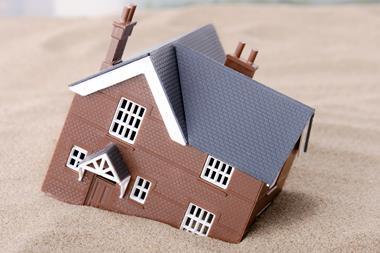
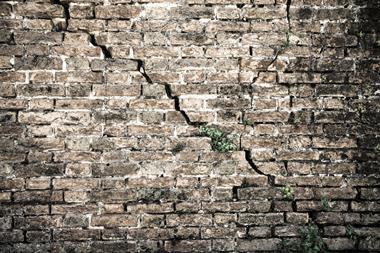
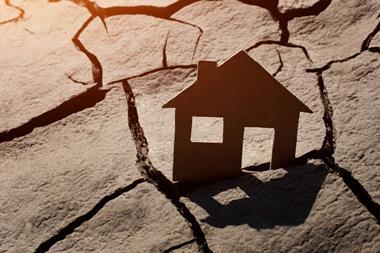
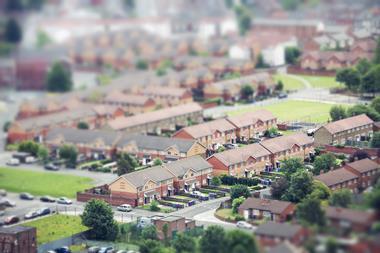

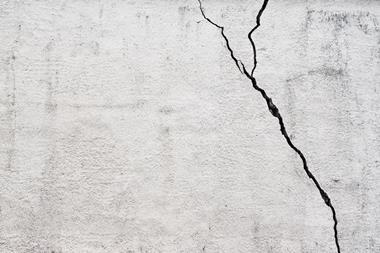









No comments yet